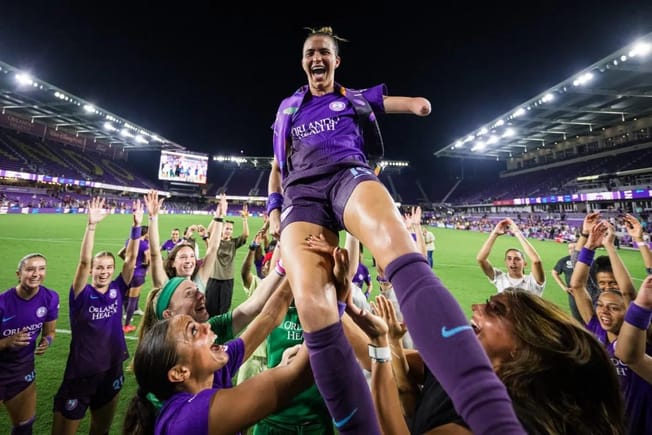As head coach of Manchester United and now the San Diego Wave, Casey Stoney has helped build two different teams from scratch, each time with an opportunity to imprint her ideas on the squad. The similarities between the two sides emphasize the clarity of her playing style. Strong defense, organized pressing, and quick attacking play are the recurring themes.
Only now, in her third season stateside, she has a dilemma.
Last year’s NWSL Shield win provided yet more proof that Stoney’s template works. However, signing Savannah McCaskill in free agency has led to a selection headache unlike anything the Wave head coach has experienced. She must now find a way to get the best out of both McCaskill, who thrived as Angel City’s top playmaker last year, and Jaedyn Shaw, her No. 10 of choice in 2023 and a budding superstar.
Stoney hadn’t even begun to resolve that dilemma when San Diego traded for tricky wide player Maria Sanchez from the Houston Dash.
One thing is for sure: as the player profiles change, so too must San Diego’s style.
What is Stoney Ball, anyway?
Stoney played at the highest level as a defender, so it shouldn’t be a surprise that her teams are traditionally built on solid defense. With Manchester United and San Diego, she has preferred a 4-2-3-1 or 4-4-2 defensive system.
Over 2022 and 2023, San Diego kept 18 clean sheets (nine each year). That was the highest number of clean sheets in the NWSL over that time period.
For Stoney, good defense has always been the foundation for good offense. By being difficult to play through, her teams win the ball closer to the opponent’s goal, and enjoy space in transition. To maximize those chances, she typically packs her frontlines with runners, those with speed and the desire to attack space behind a defense.
When a Stoney team wins the ball, they almost always have at least two runners ready to take advantage of space.
Now, San Diego do have some deliberate patterns to progress in organized attacking play. There’s the direct ball to the striker, who can lay off to midfield support or turn and feed the runners from wide. There’s also the diagonal feed from the fullbacks into the striker or attacking midfielder. In both methods, there’s almost always the intention of finding the space behind an opponent’s back line as quickly as possible.
Stoney’s attacking play has historically been direct, but measured, and she’s always made sure to fill her lineups with launchpads who can hit pin-point long balls.






